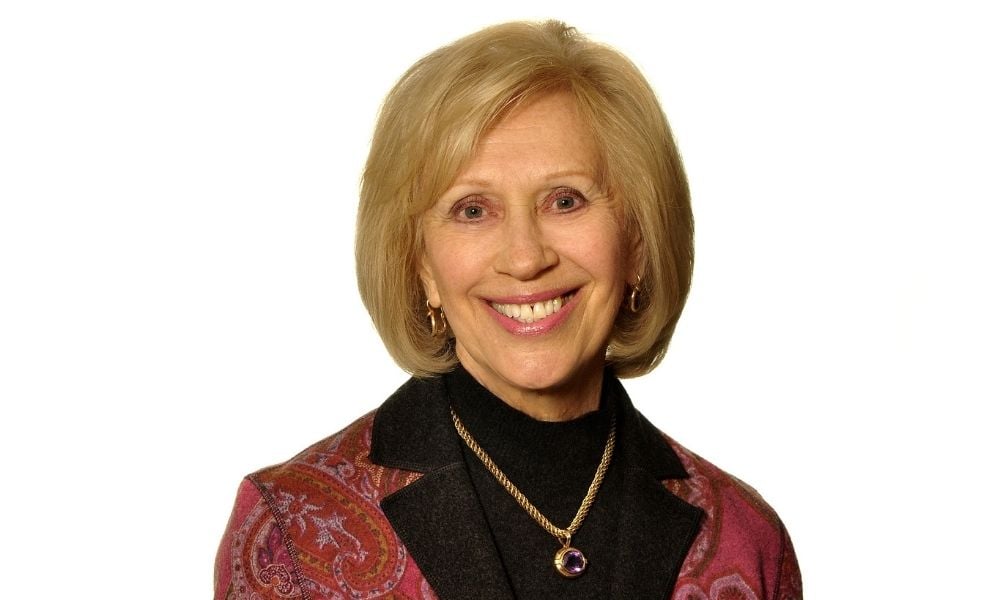Women tend to donate to community issues and did more 'relief giving' in the early pandemic, according to BMO Family Office expert

Women give differently than men, which has been accentuated during the pandemic, but everyone can learn how to give more effectively with targeted philanthropic support, Marvi Ricker, Managing Director for Family Philanthropy and Legacy in the BMO Family Office in Toronto told Wealth Professional.
Several issues came to the fore during the pandemic. First, it shone a spotlight on four areas – COVID, mental health (especially for youth), race relations, and Indigenous issues, such as the Indian residential schools and reconciliation – and Ricker believes “all of these issues impinge more on women than on men”.
More women lost their jobs in COVID – either because they worked in the service industry or lower wage jobs, but also because they often had to educate their children at home. Family stress has increased, especially in tiny housing, and spousal abuse has increased. Women admit to more mental health issues than men and, with youth struggling with that, too, many mothers have been called upon to address the issues. Many women also don’t have support to raise their children and a greater proportion of Black and Indigenous youth are facing discrimination in finding jobs and housing.
Second, the economic gap has widened.
“There are lots of women now with money that have either inherited it or are earning decent salaries, or they have access to it because they make decisions for the family,” said Ricker. “But, at the same time, there are all these other women who have not been able to benefit from the social changes that have occurred that have helped other women.”
Ricker said the result is that women often give differently than men because they tend to support family or community issues or things that help other women and children, and their communities, though they also support environmental causes.
“They’re much more community focused as opposed to nationally or globally focused, the way men tend to be,” she said, noting men tend to give more to philosophical issues while women try to address practical ones.
Whereas a man might donate to health research, particularly if it impacts his family, she said women tend to focus on local community needs, such as supporting food banks, housing, or children at economic or social risk. They also target their donations to promoting women’s rights, or addressing abuse or sex trafficking and, especially, mental health.
“I’m really generalizing here, but what I see are all these women taking care of each other, and children and society as a whole, on a practical level,” said Ricker. “Men tend to look at the planning, infrastructure, or politics. When I look at the kinds of things my clients are funding, I see a lot of women taking responsibility for what happens on a daily level.”
While many women began what Ricker called “relief giving” in the early days of the pandemic – providing funds to help hospitals cope or access more equipment to shore up the health care system – they’re now returning to regular channels and looking for ways to make the most impact with their money.
Ricker suggested advisors can help by pointing clients to useful research, such as community foundation report cards that identify the issues of greatest concern and need in a community, and then encouraging them to do their own research since there are 86,000 charitable organizations in Canada. She encouraged advisors to help them identify the kinds of issues they want to support and target organizations they trust, which are doing the kind of work the donor values.
“I teach my clients how to find good projects to fund, based on very rational decisions and lots of research. It should not just be an emotional decision to support something, although there’s a role for that,” she said. “That’s what I call charitable giving, and that’s fine. But, if you want to do philanthropy, where you’re trying to make a difference by being targeted, you’ve got to research and think very critically about the issues and the organizations to make good decisions.
“Clients should try to take a philanthropist’s approach, which is to see what the problem is and think in terms of how they can solve this problem indefinitely, so that it’s not going to reoccur. That’s much more effective for the organization and much more satisfying for the individual because they then feel that they’re part of the solution.
“When a problem is so big that you feel your $100, or whatever, is not going to make a difference, you may not be inclined to give. But if you feel your dollars are going to address an issue, you feel that you’ve really done something.”



